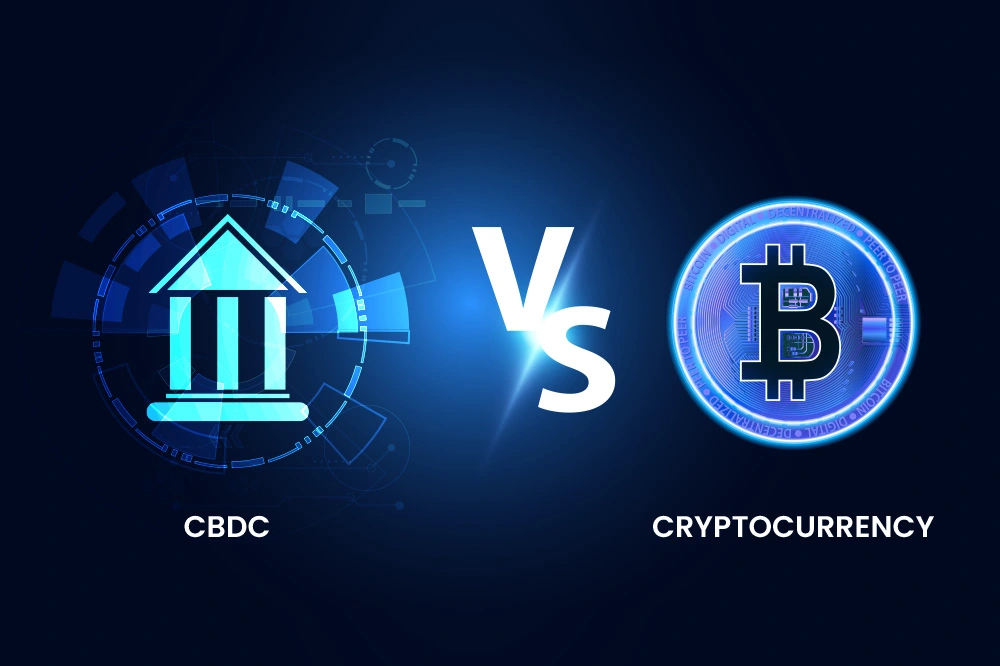Real estate investors often get stuck in a rut of creating text ads, which, while effective at generating leads, rarely convert them into partners.
You should consider cornerstone content to build your brand and turn leads into partners.
Write cornerstone articles to make the potential customers’ decision-making easier. The cornerstone content should be the go-to resource for information about your industry and business that people can hold onto for reference and use as they look for more information about your services.
For instance, the return on investment (ROI) on commercial real estate is reportedly 9.5% per annum. Use cornerstone content to show how much experience you have in helping people purchase or sell such property at an even higher markup. So, here’s how you can use cornerstone content to convert leads into clients.
What Is Cornerstone Content?
Cornerstone content is a post that provides in-depth and valuable information for your clients. It could be a series of your best articles that you intend to rank highest on search engines.
Since they provide exhaustive content that includes comprehensive information rather than sell products, they tend to be longer and more complex. It could be simple blog addition or a stand-on page.
Cornerstone content is vital because it’s ideal for building trust and credibility since the foundational content helps build traffic and brand awareness by establishing you as an authority in the industry. That is crucial to showing potential customers what you can do, making them interested in your services.
The goal of the cornerstone content is to create a positive first impression, making them more likely to convert into paying customers. For best results, create cornerstone content once or twice every month, depending on how often you publish new content on your site.
How To Create Valuable Cornerstone Content
Here are sure-fire tips for creating cornerstone content that will help your real estate agency grow:
1. Choose The Right Topic
It may seem mundane, but this is perhaps the most crucial step of the cornerstone content.
Before settling on the topic, you have to ask yourself a series of questions, chief among them is the major pain points or problems the target audience faces. Next, find out what hasn’t been answered sufficiently on other websites, then determine which issues you can answer competently.
It helps to ask members of your team if there are common questions they face. In addition, ask real customers too. That should allow you to formulate cornerstone content containing unique insight that addresses burning issues.
2. Keywords And SEO Optimization Strategies
It’s not just the real estate industry; the first page of Google is where all the action is. As 95% of web visitors rely on the first-page result, ensuring your website makes the cut and appears on the first page is essential.
One of the best ways to do that is through keyword optimization. It involves using words and phrases relevant to what you’re selling and what clients are searching for and answering the potential customers’ most pressing needs.
For example, if you’re selling a house in San Francisco, you might want to put “San Francisco” and “Bay Area” in your title tag and Meta description. You might also include those phrases in the body text of your page so that search engines will pick up on them.
Another strategy is ensuring your site is easily crawlable by search engines using proper coding standards and following web design best practices.
3. Be Consistent With Formatting And Style
Your clients will recognize your brand more efficiently if your content follows a similar pattern and uses familiar language and branding. Engaging, high-quality, consistent content impacts a potential customer’s decision-making more than any other technique.
4. Internal Linking
Send the most internal links to your cornerstone posts as this signals to search engines that they are the most important, allowing them to rank higher. It helps to use text links, that is, the keywords as the anchor text for links and then link within the text itself. Ensure you’re linking from pages with related content.
5. Call To Action
Considering you’re creating the cornerstone content aiming to convert them into clients, it helps to insert a call to action (CTA) at the end of the article. A CTA instructs the reader to take a course of action. You can do this by using call-to-action buttons at the end of your post.
CTA’s are highly effective, but the best performing is personalized, which HubSpot found to be 202% more effective than their basic equivalents. For instance, ContentVerve turned the phrasing in their CTA into the first-person point of view. Instead of writing “start Your 30-day…,” they wrote “Start My 30-day…” and realized a 90% rise in the click-through rate (CTR). So, how do you ensure your call to action is clear and compelling?
- Tell Your Readers Exactly What You Want Them To Do Next: Make it clear what they need to do next. Use action-oriented writing instructing them to take action, such as clicking a link to another page on your site or even asking them to leave a comment with their thoughts. The key is to be specific, so there’s no room for confusion.
- Ensure The CTA Is Visible And Eye-Catching: If your readers can’t see the button clearly, it won’t matter how good your copy is—they won’t click on it. Make sure that whatever design element you use for your CTA is highly visible, accessible, and super apparent where to find it. The goal of any call-to-action is getting people excited about taking action—and for that excitement to translate into clicks.
6. Promote The Content
You can create the best cornerstone content, but it will be pointless if your target audience doesn’t read it. Since it takes time for new content to rank organically, make a splash by promoting the content in the meantime.
Email promotion is one of the most impressive ways of doing it, with 4 billion daily users. It’s telling that 59% of respondents said email marketing influenced their purchasing decision.
Social media is another potent outlet considering 72% of Americans use social media daily. Focus on platforms that work best for real estate, personalize text and images for each platform, and share more than once.
7. Maintenance
Finally, you must maintain the cornerstone content’s health to remain evergreen. Monitor the performance, update information regularly, improve loading speeds, and give it a style refresh every few years to keep it looking up-to-date.
Final Word
If you’re a real estate investor, cornerstone content might provide the tipping point of turning leads into clients. You can do that effectively by researching suitable topics, conducting keyword research, and creating content with plenty of internal links and a personalized call to action.
Ensure you maintain consistent messaging and branding across the cornerstone content, promote the posts, and keep updating the content to keep them evergreen.






